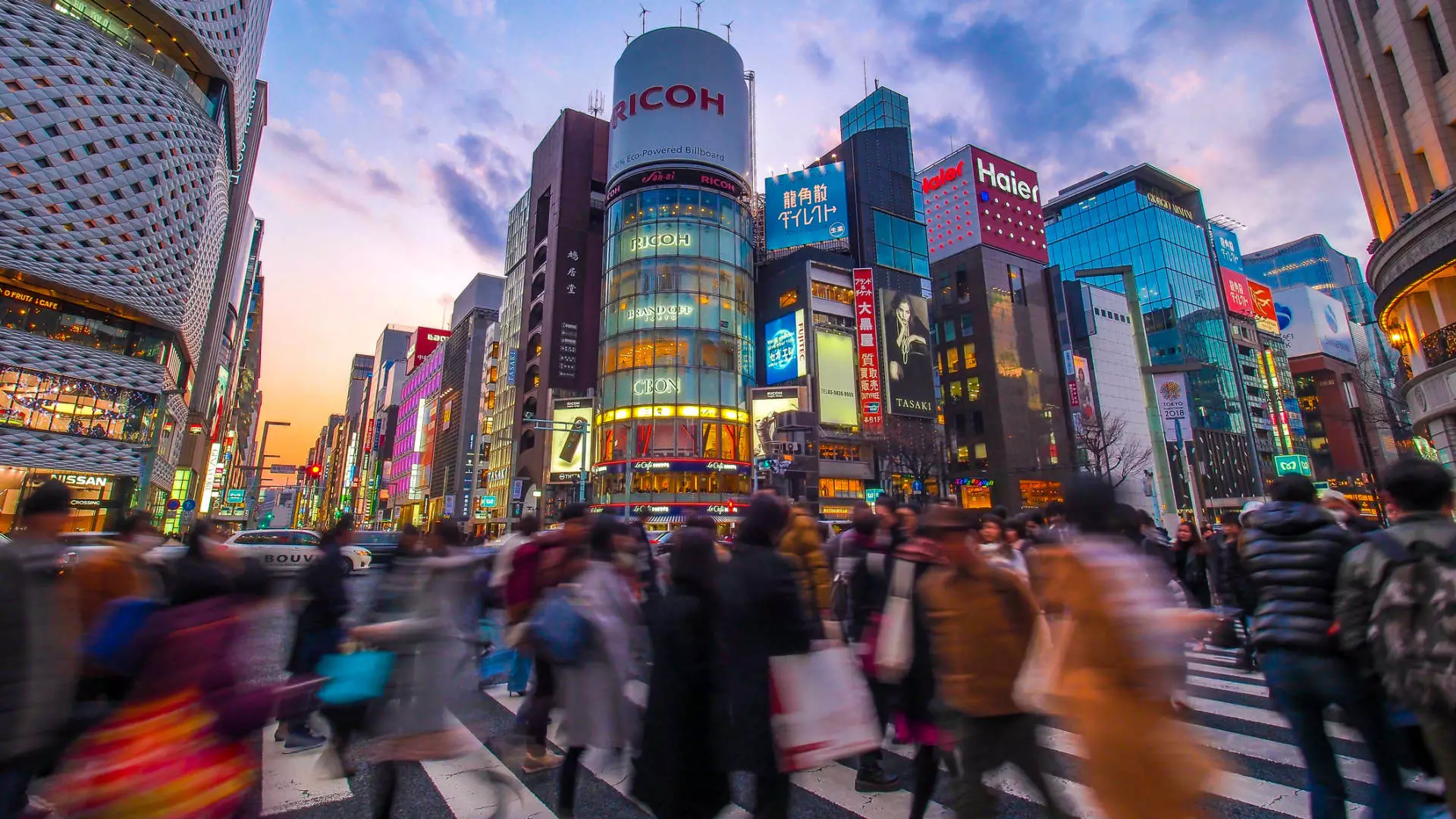Luxury brands in Japan are experiencing a surge in sales, largely attributed to purchases made by Chinese travelers who are taking advantage of the weak yen. Brands like LVMH, Kering, and Burberry have all reported an increase in sales, despite facing challenges in the Chinese market that impacted overall results. For instance, Kering-owned Yves Saint Laurent witnessed a remarkable 42% sales growth in Japan during the first half of the year, driven by the influx of tourists from China and Southeast Asia who were enticed by the lower prices due to the favorable exchange rate.
The Chinese yuan has shown a 6.9% increase against the yen this year, reaching its highest level in at least 24 years. This exchange rate advantage has prompted a significant number of Chinese visitors to flock to Japan, contributing to the exceptional growth in luxury sales in the country. Additionally, the yen’s depreciation against the U.S. dollar has made Japan an even more attractive shopping destination for foreign tourists.
The first half of the year witnessed a surge in global visitors to Japan, with mainland China leading the way with a 415% increase in tourist arrivals. Popular travel services like Trip.com have reported a significant rise in spending by Chinese travelers heading to Japan, with a remarkable growth in bookings for luxury shopping services. Chinese social media platforms are also abuzz with recommendations on where to find the best luxury shopping experiences in Japan, further fueling the trend.
A study conducted by consulting firm Oliver Wyman revealed that luxury products in Japan are priced 10% to 30% lower than in mainland China, making it a preferred shopping destination for affluent Chinese households. This pricing advantage, coupled with the wide range of products available, has positioned Japan as a competitive market for luxury brands in Asia. Despite the decline in overall Chinese luxury spending, Japan has bucked the trend due to its attractive pricing and tourist-friendly environment.
While luxury sales in Japan are on the rise, brands like Burberry have faced challenges in the Chinese market, with a significant decline in sales offset by the growth in Japan. The shift in consumer preferences towards domestic travel and uncertainties about future income have impacted luxury spending patterns among Chinese consumers. However, the resilience of the Chinese luxury customer group and the growing popularity of Japan as a shopping destination present opportunities for brands to capitalize on this trend.
The surge in luxury sales in Japan driven by Chinese tourists is a testament to the growing appeal of the country as a shopping destination. With favorable exchange rates, competitive pricing, and a wide range of luxury products, Japan has emerged as a key market for luxury brands looking to attract affluent Chinese consumers. By understanding and adapting to changing consumer preferences and market dynamics, luxury brands can leverage this trend to drive growth and capitalize on the evolving retail landscape in Asia.

